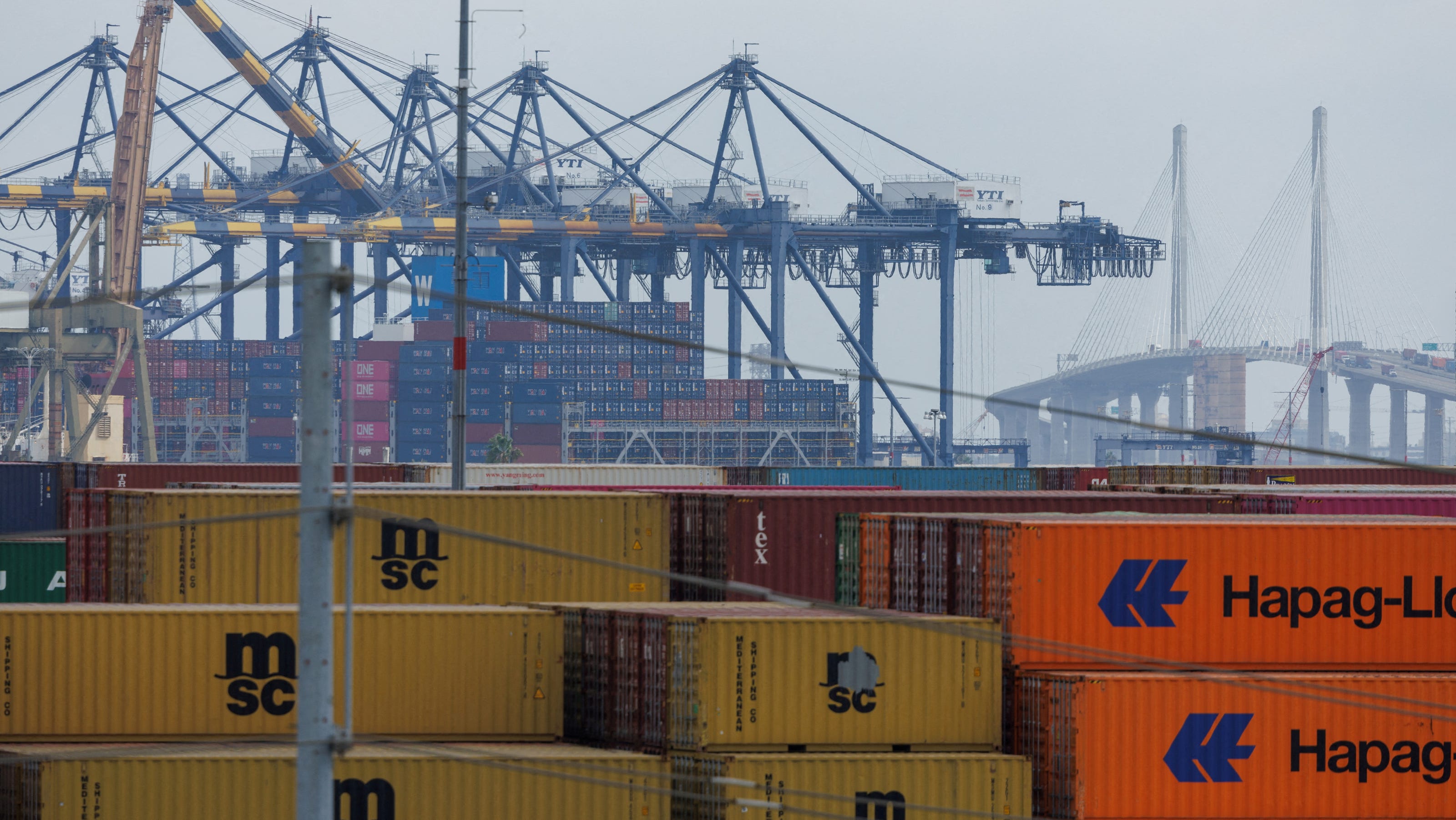Solar Power Boom Sends European Electricity Prices Below Zero

Table of Contents
The Surge in Solar Power Generation
The significant increase in solar energy capacity across Europe is undeniable. Driven by ambitious renewable energy targets, supportive government policies, and plummeting solar panel costs, photovoltaic installations have exploded in recent years. This solar energy boom is transforming the European energy landscape, pushing the continent towards a cleaner, more sustainable energy future. Key factors contributing to this surge include:
- Significant increase in solar farm construction across major European countries: Countries like Germany, Spain, and the Netherlands have witnessed a massive expansion of large-scale solar farms, significantly increasing their renewable energy generation capacity.
- Government subsidies and tax breaks incentivizing residential and commercial solar installations: Numerous European governments have implemented attractive financial incentives, such as feed-in tariffs and tax credits, making solar power more accessible and affordable for homeowners and businesses. This has spurred a massive uptake of rooftop solar panels across the continent.
- Technological advancements leading to higher efficiency and lower production costs for solar panels: Continuous advancements in solar panel technology have resulted in increased efficiency and significantly reduced production costs. This makes solar power increasingly competitive with traditional energy sources.
- Improved grid integration technologies allowing for better management of fluctuating solar energy output: Improved grid infrastructure and smart grid technologies are crucial for effectively integrating intermittent renewable energy sources like solar power. These advancements enable better management of fluctuating solar energy output, minimizing disruptions to the electricity grid.
Why Negative Electricity Prices?
The phenomenon of negative electricity prices is a direct consequence of the interplay between high solar energy generation and fluctuating electricity demand. During peak sunshine hours, solar power output can significantly exceed electricity demand, creating an energy surplus. This surplus, coupled with the limitations of current grid infrastructure to efficiently store and distribute excess energy, leads to negative prices. The market mechanics involved are complex but boil down to these key points:
- High solar output during peak sunshine hours exceeding electricity demand: On sunny days, the massive influx of solar power can overwhelm the grid's ability to consume it all.
- Inability of the current grid infrastructure to efficiently store and distribute excess energy: Large-scale energy storage solutions, like pumped hydro storage or battery farms, are still under development and not yet widespread enough to absorb this surplus effectively.
- Limited demand during off-peak hours: Demand for electricity typically dips during the night and early morning hours, creating further challenges for managing the surplus solar power generated during the day.
- Market mechanisms that penalize suppliers for excess energy production: In some markets, energy suppliers are penalized for injecting excess energy into the grid, leading to negative prices as they essentially pay to have their solar energy consumed.
Implications for the European Energy Market
The implications of this solar power boom are far-reaching and profoundly impact the European energy market. The increased reliance on domestically produced solar energy translates into significant benefits:
- Reduced reliance on fossil fuel imports, improving energy security: The shift towards solar power reduces Europe's dependence on volatile global fossil fuel markets, enhancing energy independence and security.
- Accelerated progress towards achieving climate change targets: The widespread adoption of solar power is a major step towards decarbonizing the European energy sector and meeting ambitious climate change targets.
- Creation of new jobs in the solar energy sector: The growth of the solar power industry is creating a wealth of new jobs in manufacturing, installation, maintenance, and research.
- Need for grid infrastructure upgrades to handle increased renewable energy input: To fully capitalize on the solar power boom, significant investments are needed in modernizing and expanding grid infrastructure to handle the intermittent nature of renewable energy sources.
- Economic impacts on traditional energy providers: The rise of solar power presents challenges for traditional energy providers reliant on fossil fuels, necessitating a transition to cleaner energy sources.
Challenges and Opportunities
The solar power boom presents both challenges and opportunities. While the transition to a solar-powered future offers significant environmental and economic benefits, addressing certain challenges is crucial:
- Energy storage: Developing and deploying cost-effective and large-scale energy storage solutions is vital to managing the intermittency of solar power and ensuring grid stability.
- Smart grids: Investing in smart grid technologies is crucial for optimizing the integration of renewable energy sources, improving grid efficiency, and minimizing disruptions.
- Grid modernization: Upgrading existing grid infrastructure and expanding transmission capacity are necessary to accommodate the increased influx of solar power.
- Policy support: Continued government support, including financial incentives and regulatory frameworks, is essential to encourage further investment in solar power and accelerate the energy transition.
- Renewable energy integration: Developing strategies for efficient integration of various renewable energy sources, including solar, wind, and hydro, is crucial for creating a robust and sustainable energy mix.
Conclusion
The boom in solar power generation across Europe is transforming the energy landscape, resulting in unprecedented negative electricity prices. This signifies significant progress towards cleaner, more sustainable energy sources and improved energy independence. However, challenges remain in terms of grid modernization and energy storage to fully harness the potential of this renewable energy revolution. The future of European energy hinges on embracing the potential of solar power. Learn more about how you can contribute to this exciting transition and benefit from the growing solar power industry. Explore [link to relevant resource, e.g., government incentives, solar panel installers].

Featured Posts
-
 Jeff Goldblum In The Fly A Case For Oscar Recognition
Apr 29, 2025
Jeff Goldblum In The Fly A Case For Oscar Recognition
Apr 29, 2025 -
 Anchor Brewing Companys Closure A Legacy Ends After 127 Years
Apr 29, 2025
Anchor Brewing Companys Closure A Legacy Ends After 127 Years
Apr 29, 2025 -
 The Surprising Link Between Charles Barkley And A Ru Pauls Drag Race Contestant
Apr 29, 2025
The Surprising Link Between Charles Barkley And A Ru Pauls Drag Race Contestant
Apr 29, 2025 -
 Coping With Adhd Naturally Practical Strategies And Tips
Apr 29, 2025
Coping With Adhd Naturally Practical Strategies And Tips
Apr 29, 2025 -
 Trumps China Tariffs Assessing The Impact On Us Consumers And Businesses
Apr 29, 2025
Trumps China Tariffs Assessing The Impact On Us Consumers And Businesses
Apr 29, 2025
